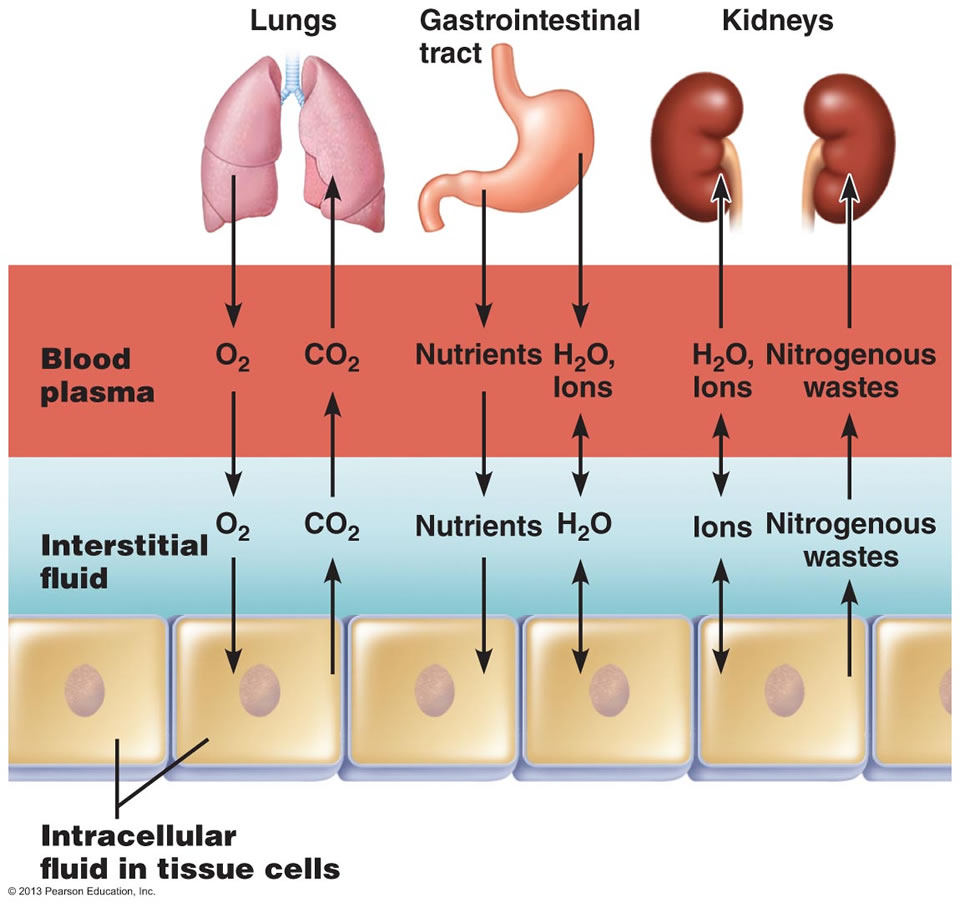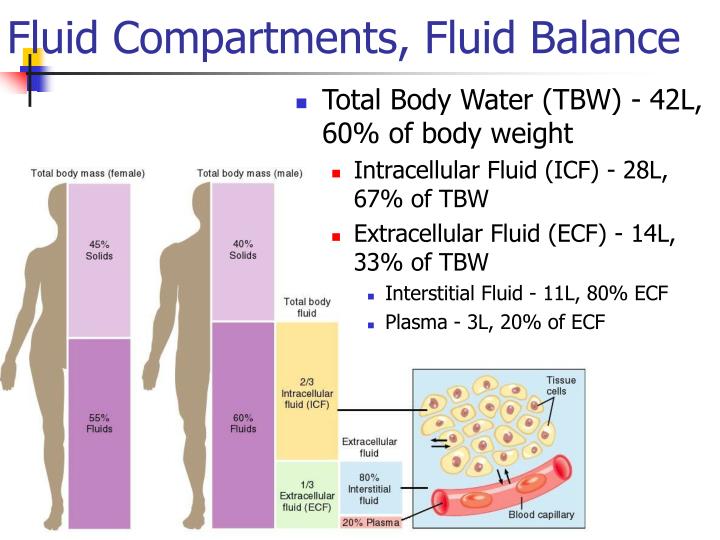

Garcia-Perez A, Burg MB (1991) Renal medullary organic osmolytes. In: Seldin DW, Giebisch G (eds) The kidney. Raven, New York, pp 1615–1648įozzard HA, Shorofsky SR (1992) Excitable membranes. Am J Physiol 254 (Regulatory Integrative Comp Physiol 23):R1017–R1024įitzsimons JT (1992) Physiology and pathophysiology of thirst and sodium appetite. Raven, New York, pp 93–112ĭiBona GF, Herman PJ, Sawin LL (1988) Neural control of renal function in edema-forming states.

Raven, New York, pp 301–316ĭeWeer P (1992) Cellular sodium-potassium transport. Physiol Rev 72:231–300ĭawson DC (1992) Water transport: Principles and perspectives. Proc Natl Acad Sci U S A 91:9165–9169Ĭowley AW Jr (1992) Long-term control of arterial blood pressure. Biochem Biophys Res Comm 204:641–645īusch GL, Schreiber R, Dartsch PC, Völkl H, vom Dahl St Häussinger D, Lang F (1994) Involvement of microtubules in the link between cell volume and pH of acidic cellular compartments. Am J Physiol 264:C1367–C1387īritsch S, Krippeit-Drews P, Gregor M, Lang F, Drews G (1994) Effect of osmotic changes in extracellular solution on electrical activity of mouse pancreatic B cells. Springer, Berlin Heidelberg New York, pp 249–277īlaustein MP (1993) Physiological effects of endogenous ouabain: control of intracellular Ca 2+ stores and cell responsiveness. In: Lang F, Häussinger D (eds) Advances in comparative and environmental physiology, vol 14. Karger, Basel, pp 132–158īianchini L, Grinstein S (1993) Regulation of volume-modulating ion transport systems by growth promoters. In: Beyenbach KW (ed) Cell volume regulation. Nature 352:70–73īeck FX, Dörge A, Thurau K, Guder WG (1990) Cell osmoregulation in the countercurrent system of the renal medulla: the role of organic osmolytes. Renal Physiol Biochem 11:142–157īarasch J, Kiss B, Prince A, Saiman L, Gruenert D, Al-Awquati Q (1991) Defective acidification of intracellular organelles in cystic fibrosis. This process is experimental and the keywords may be updated as the learning algorithm improves.īallanyi K, Grafe P (1988) Cell volume regulation in the nervous system. These keywords were added by machine and not by the authors. The transcellular space comprises the lumina of glands, of urethrogenital and gastrointestinal tracts, pleura, pericardium, peritoneum, intraocular fluid and cerebrospinal fluid. The endothelium separates the plasma volume, and epithelia separate the transcellular volume, from the interstitial fluid. Most of the extracellular space is interstitial space. The extracellular space can be subdivided into several compartments, which are separated by cell layers. The two compartments are separated by cell membranes. The body compartments can be divided into the intracellular and the extracellular space. The distribution of water and electrolytes within the body is determined by fluid compartments (Figs. Oxford: Oxford University Press 2011.Depending on sex, age and body fat, about 60–79% of the body weight is water (see Fig. Wilkins R, Cross S, Megson I, Meredith D, editors. Water, electrolytes and acid-base balance. Note: Numerical data in the diagram is from reference 2.ġ. The diagram below illustrates the values for total body water and fluid distribution based on a 70 kg man and are approximate values. The plasma and interstitial fluid are separated by the capillary wall. cerebrospinal fluid, synovial fluid, digestive secretions, peritoneal fluid, intraocular fluid and pleural

The extracellular fluid is further subdivided into the following body fluid compartments: The intracellular fluid and extracellular fluid are separated by cell membranes.

Extracellular fluid, which is found outside the cells.Intracellular fluid, which is found inside the cells.The distribution of total body water is divided into two major body fluid compartments: This is mostly due to a decrease in muscle mass and an increase in body fat. In old age, the total body water percentage decreases. These differences in total body water percentage between men and women are because of women typically having less muscle mass and a greater amount of adipose tissue than men. In healthy lean people, the total body water comprises 50-60% of body weight in men and 45-50% of body weight in women.


 0 kommentar(er)
0 kommentar(er)
